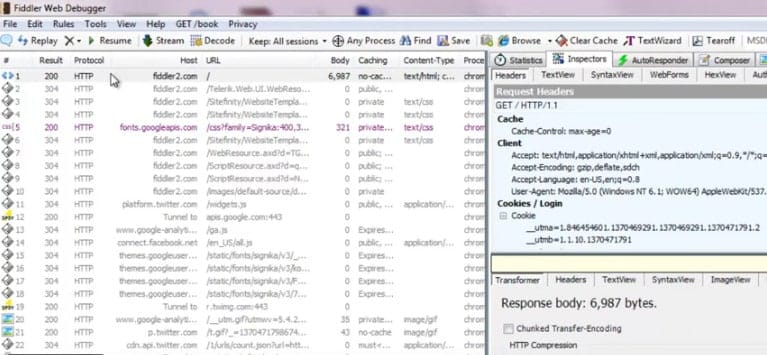

It offers visibility on critical network firewalls and load balancers.Provides better network insights for deeper visibility.It allows cross-stack network data correlation.It uses the system messages sent out by routers and switches instead of capturing network packets from the network.This WiFi sniffer helps you retrieve performance metrics for autonomous wireless controllers, access points, and clients.It allows you to reduce network downtime and helps to resolve Wi-Fi connection problems like network bandwidth issues. This WiFi sniffer tool is used for fault detection, performance monitoring, and network availability. Hope that helps you and happy packet hunting.SolarWinds Network Packet Sniffer offers network insights for deeper visibility of the network. Then unzip in any folder and you’re ready to convert those etl files to pcapng. Netsh trace start capture=yes CaptureInterface="Wi-Fi " IPv4.Address=192.168.1.1 tracefile=D:\trace.etl" maxsize=11Īfter you have your packets captured scoot over to and download etl2pcapng. Netsh trace start capture=yes CaptureInterface=”Wi-Fi” tracefile=f:\traces\trace.etl” maxsize=11Ĭapture 11 MB from your Wi-Fi interface to and from host 192.168.1.1 To capture 11 MB from your Wi-Fi interface To display which interfaces Windows can use and their identification: Most of the details are in the video, but here’s the summary of some common commands This is a simple netsh command to start and stop a capture. Even the ‘portable’ version of Wireshark isn’t entirely portable, and you may run into challenges trying to run it.Īfter some research, and testing, I’ve decided to use Microsoft’s built in packet capture commands and no, I’m not referring to Network Monitor. Each option has its own pros and cons that you need to determine on the fly for each scenario. Then I go down the rabbit hole of options: SPAN, hub, TAP, etc. I wanted to capture packets from someone’s Windows computer, and I couldn’t install Wireshark for a variety of reasons.


 0 kommentar(er)
0 kommentar(er)
